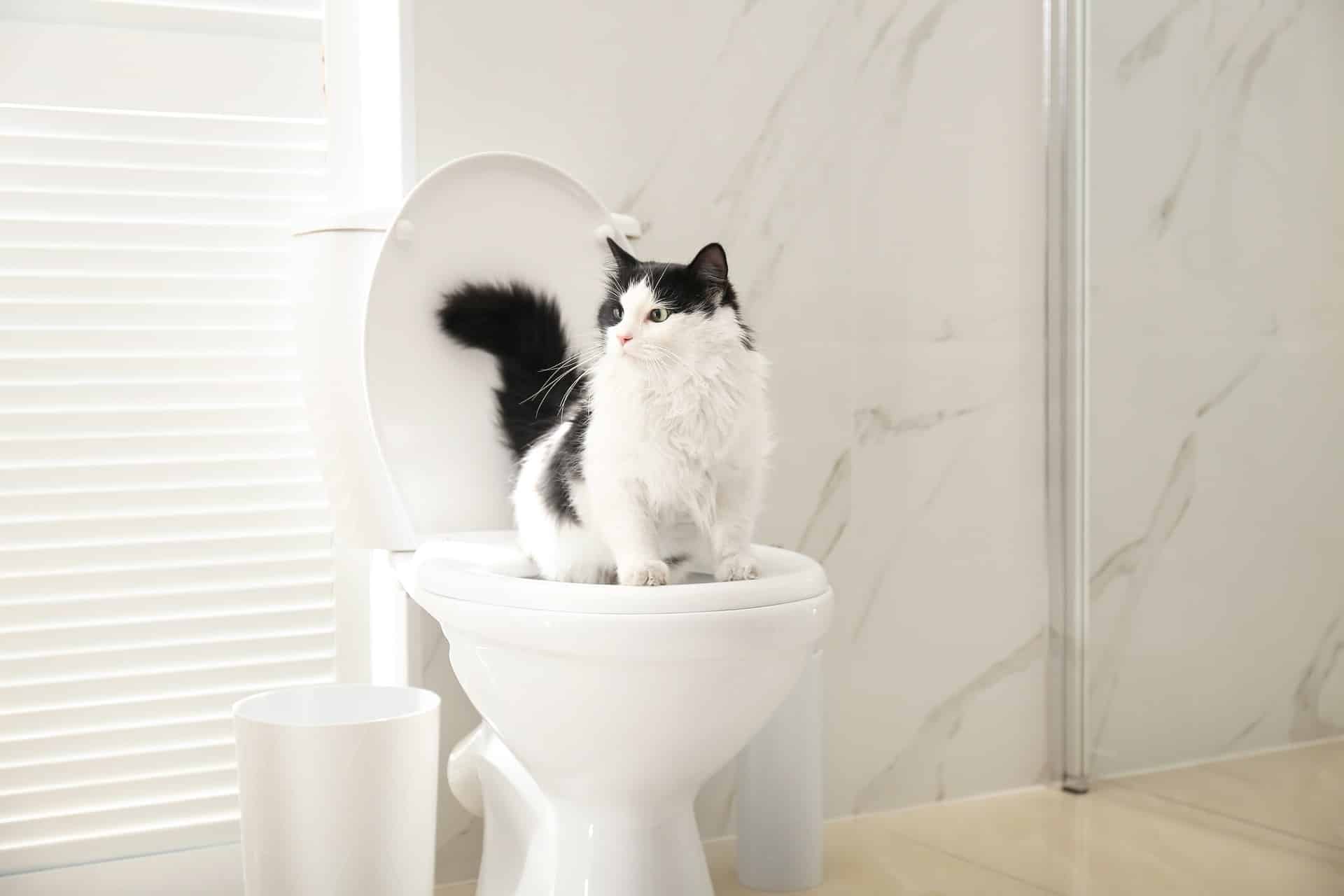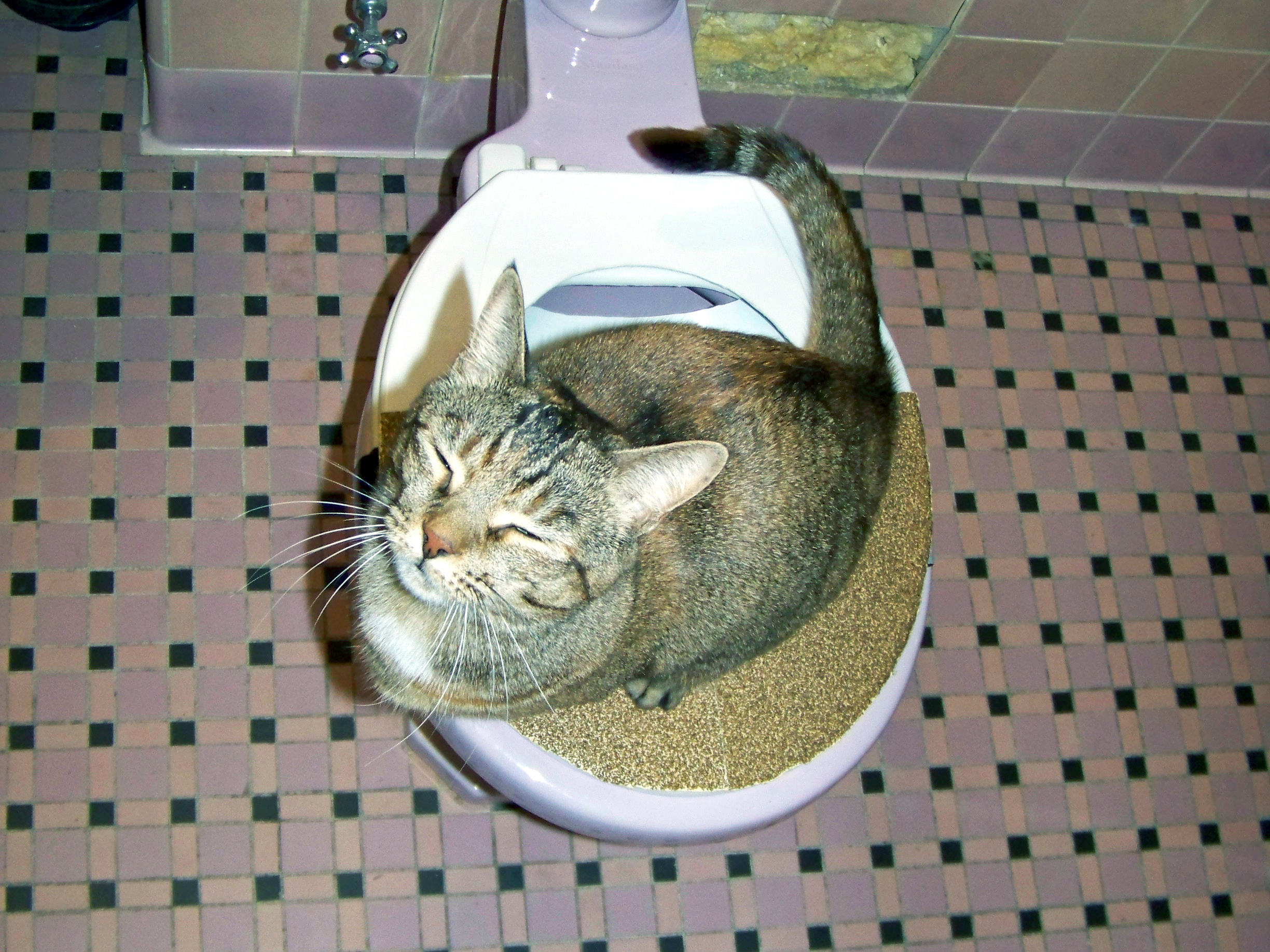How Flushing Animal Waste Could be Not Advisable
How Flushing Animal Waste Could be Not Advisable
Blog Article
Do you find yourself trying to find info involving Should you flush animal waste down the toilet?

When it pertains to disposing of waste, especially animal waste, lots of people commonly resort to the convenient alternative of flushing it down the commode. Nevertheless, this relatively easy remedy can have serious effects for the environment and public health. In this post, we'll check out why flushing animal waste down the bathroom is a bad idea and offer alternate methods for proper disposal.
Introduction
Appropriate waste disposal is crucial for preserving environmental sustainability and public health. While it may appear safe to flush animal waste down the toilet, it can lead to numerous concerns, both for the atmosphere and human well-being.
Threats of flushing animal waste
Environmental effect
Purging animal waste presents dangerous microorganisms and microorganisms right into waterways, which can adversely affect water ecological communities. These microorganisms can contaminate water sources and injury marine life, interrupting fragile ecosystems.
Public health problems
Pet waste contains hazardous germs such as E. coli and Salmonella, which can posture major health and wellness dangers to people. Flushing pet waste down the commode can infect water materials, bring about the spread of illness and infections.
Alternatives to flushing
Rather than flushing animal waste down the bathroom, there are several different disposal approaches that are a lot more environmentally friendly and hygienic.
Composting
Composting animal waste is an environment-friendly way to throw away it. By composting, organic matter is broken down right into nutrient-rich dirt, which can be utilized to feed yards and plants.
Landfill disposal
Throwing away pet waste in a landfill is one more choice. While not as eco-friendly as composting, it is a more secure choice to flushing, as it avoids the contamination of water resources.
Animal waste disposal systems
There are specialized family pet waste disposal systems available that securely and hygienically get rid of animal waste. These systems frequently use enzymes to break down waste and remove odors.
Actions to appropriate pet waste disposal
To guarantee correct disposal of animal waste, adhere to these steps:
Scooping and landing waste
Regularly scoop and bag pet waste using eco-friendly bags. This prevents waste from polluting the environment.
Making use of designated waste bins
Dispose of bagged pet waste in marked waste containers, such as garden compost containers or land fill containers. Stay clear of flushing it down the commode whatsoever expenses.
Cleaning up litter boxes and family pet areas regularly
On a regular basis tidy litter boxes and pet dog areas to prevent the accumulation of waste and germs. Usage pet-safe cleaning products to maintain hygiene.
Benefits of correct disposal techniques
Adopting appropriate disposal approaches for animal waste uses several benefits:
Lowered environmental pollution
Proper disposal techniques lower the danger of environmental pollution, securing rivers and ecological communities from contamination
Reduced threat of water contamination.
By avoiding flushing pet waste down the toilet, the risk of water contamination is dramatically reduced, securing public health.
Enhanced hygiene and hygiene
Correct disposal approaches promote better sanitation and hygiene, developing a much safer atmosphere for both people and animals.
Verdict
To conclude, flushing pet waste down the bathroom is harmful to the setting and public health. By adopting different disposal approaches and following appropriate waste administration techniques, we can reduce the adverse effect of animal waste and contribute to a cleaner, healthier world.
What To Do With Dog Poo – The Do's And Don'ts Of Disposing Of Faeces
Dog poo bins
Some councils provide dedicated dog waste bins in popular dog-walking areas that can take dog poo that has been bagged but you can legally dispose of dog waste in any public litter bin, as long as it is securely bagged. This also applies to your wheelie bin at home.
Do not flush
Water companies do not recommend flushing dog faeces down the toilet because certain parasites can survive the water processing treatment and are potentially harmful to humans. You should also never consider flushing dog poo that has been bagged down the toilet as the bags will not break down and instead create severe blockages in the sewage system.
In the woods
The Forestry Commission promotes a ‘stick and flick’ method for dealing with waste in the woods. This means finding a stick and using it to flick any poo from off the path so that it is out of the way of other walkers. You could also bury it as long as it is not in an area where there might be livestock.
Livestock
Parasites found in dog poo can be transmitted to livestock if they inadvertently eat infected faeces that has been left on grazing land. This could result in the death of sheep or abortion in cattle so you should always make sure you pick up your dog’s waste in fields where livestock could be present.

On a regular basis tidy litter boxes and pet dog areas to prevent the accumulation of waste and germs. Usage pet-safe cleaning products to maintain hygiene.
Benefits of correct disposal techniques
Adopting appropriate disposal approaches for animal waste uses several benefits:
Lowered environmental pollution
Proper disposal techniques lower the danger of environmental pollution, securing rivers and ecological communities from contamination
Reduced threat of water contamination.
By avoiding flushing pet waste down the toilet, the risk of water contamination is dramatically reduced, securing public health.
Enhanced hygiene and hygiene
Correct disposal approaches promote better sanitation and hygiene, developing a much safer atmosphere for both people and animals.
Verdict
To conclude, flushing pet waste down the bathroom is harmful to the setting and public health. By adopting different disposal approaches and following appropriate waste administration techniques, we can reduce the adverse effect of animal waste and contribute to a cleaner, healthier world.
What To Do With Dog Poo – The Do's And Don'ts Of Disposing Of Faeces
Dog poo bins
Some councils provide dedicated dog waste bins in popular dog-walking areas that can take dog poo that has been bagged but you can legally dispose of dog waste in any public litter bin, as long as it is securely bagged. This also applies to your wheelie bin at home.
Do not flush
Water companies do not recommend flushing dog faeces down the toilet because certain parasites can survive the water processing treatment and are potentially harmful to humans. You should also never consider flushing dog poo that has been bagged down the toilet as the bags will not break down and instead create severe blockages in the sewage system.
In the woods
The Forestry Commission promotes a ‘stick and flick’ method for dealing with waste in the woods. This means finding a stick and using it to flick any poo from off the path so that it is out of the way of other walkers. You could also bury it as long as it is not in an area where there might be livestock.
Livestock
Parasites found in dog poo can be transmitted to livestock if they inadvertently eat infected faeces that has been left on grazing land. This could result in the death of sheep or abortion in cattle so you should always make sure you pick up your dog’s waste in fields where livestock could be present.

Hopefully you enjoyed our topic on Can You Flush Dog and Cat Poo Down the Toilet?. Thank you so much for taking time to read our piece of content. For those who enjoyed reading our page plz consider to share it. I praise you for your time. Kindly check our website back soon.
Click Here Report this page